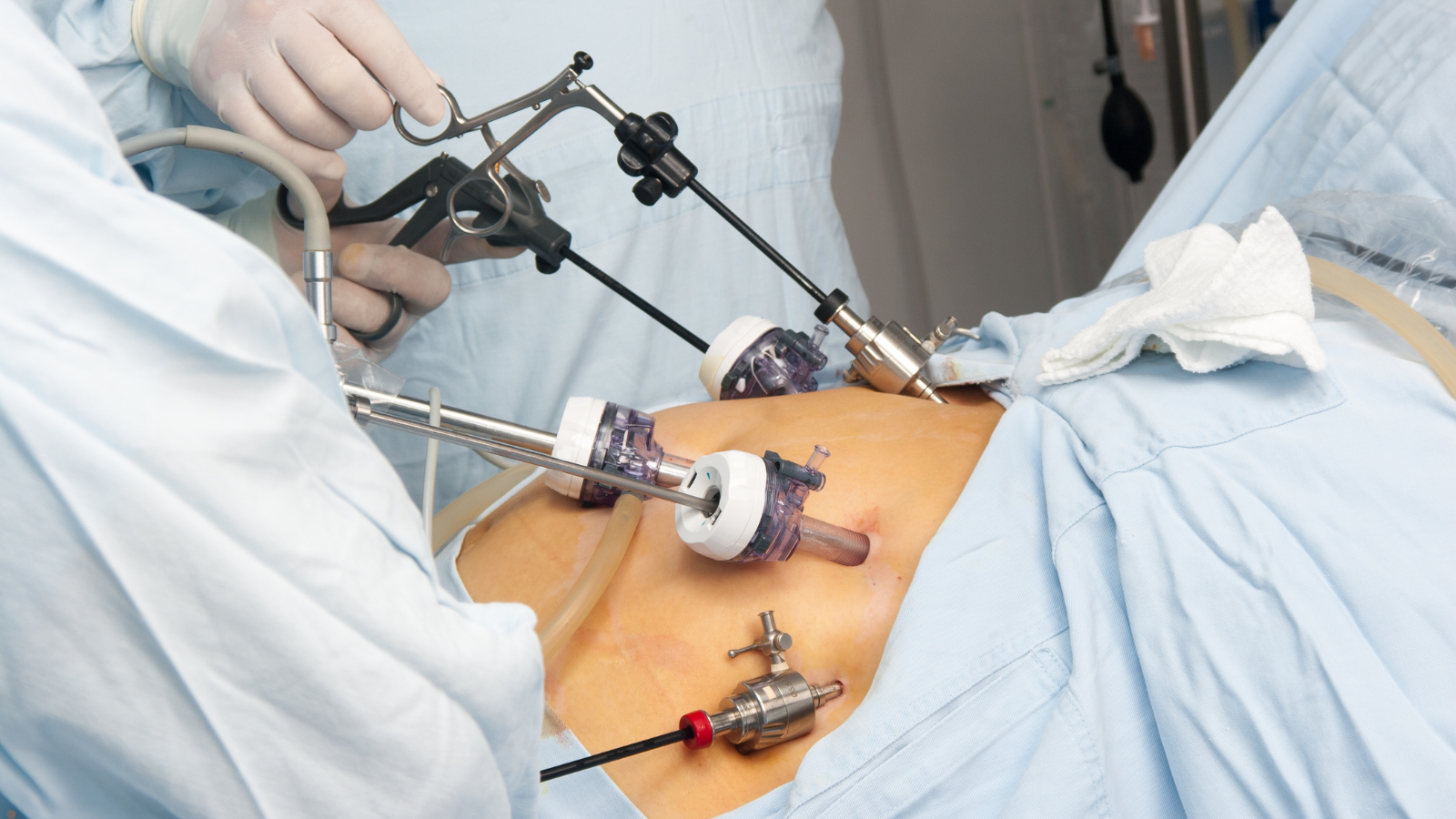Roux-en-Y bypass outperforms GLP-1 therapy for sustained weight loss after sleeve gastrectomy
People who undergo Roux-en-Y gastric bypass following sleeve gastrectomy achieve significantly greater long-term weight loss compared to those who are treated with GLP-1 receptor agonists, according to new findings from a multicentre retrospective study.
The research, presented at the 2025 annual meeting of the Society of American Gastrointestinal and Endoscopic Surgeons, analysed data from 4,901 patients who previously underwent sleeve gastrectomy. Of these, 3,004 received a conversion to Roux-en-Y gastric bypass, while 1,897 initiated treatment with GLP-1 receptor agonists such as semaglutide or tirzepatide.
“Sleeve gastrectomy is the most common bariatric operation, but between 13 and 30 per cent of patients experience insufficient weight loss or weight regain,” explained Dr Avery Brown, surgical resident at NYU Langone Health in New York City. “Until recently, conversion to another surgery was the main treatment option. Now, with the availability of GLP-1 therapies, there’s another pathway – but limited data compare outcomes between the two.”
The study excluded those with a BMI under 35 kg/m² and those taking GLP-1s for conditions like diabetes or cardiovascular disease. Individuals who had prior bariatric procedures or who underwent surgery for GERD were also excluded.
At three years, individuals who underwent Roux-en-Y conversion had an average total body weight loss of 26.1 per cent, compared with 13.7 per cent among those who received GLP-1 therapy. Notably, most GLP-1 patients had stopped taking the medication by this point, with average use lasting 11.3 months.
Weight loss results at other time points were consistently better in the surgical group. Despite the superior outcomes seen with surgical conversion, researchers found it notable that GLP-1 patients maintained weight loss even after discontinuing treatment. This raises questions about the factors that may contribute to sustained success.
“Are these patients benefiting from comprehensive care in weight-loss clinics?” Dr Brown suggested. “Access to obesity specialists, nutritionists and mental health support may be influencing long-term outcomes.”
No significant difference in haemoglobin A1c was observed between the two groups at any time point. However, after adjusting for confounders, conversion to Roux-en-Y was associated with 10.7 per cent greater total body weight loss than GLP-1 therapy (P<0.001).
Financial considerations were also raised during the session. Dr Marcoandrea Giorgi highlighted research suggesting a break-even point for GLP-1 treatment of around 1.5 years. Dr Brown noted that further cost-effectiveness studies comparing both interventions are planned, including an analysis of complication rates and changes in medication coverage.

